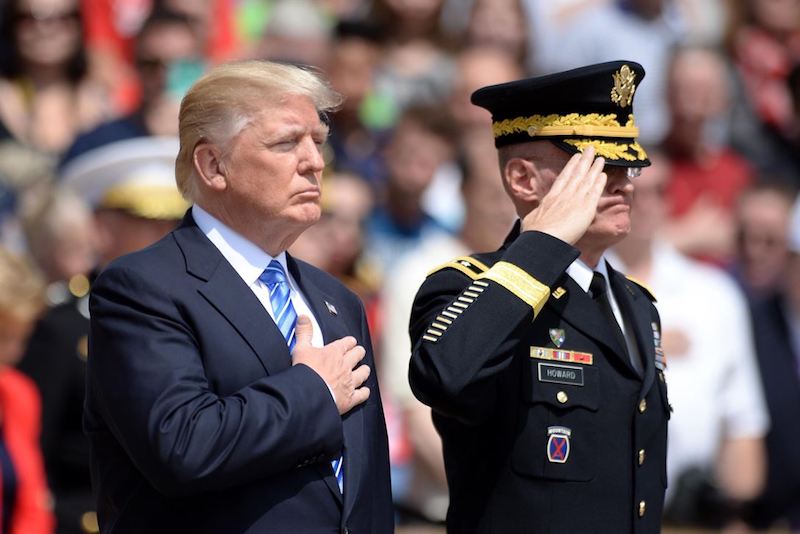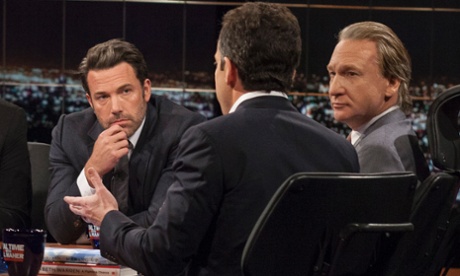“We can act, carefully and responsibly, to prevent an act of genocide.”
Those were President Obama’s words on August 8, 2014, spoken as he vowed to continue the US deployment of air strikes in Iraq to protect Americans, Kurds, and Yazidis, from Islamic State (IS) forces.

Since then, a multilateral coalition has formed to significantly expand the fight against the Islamic State (formerly ISIS or ISIL). Canada too, has joined the fray. With its involvement, Multiculturalism Minister Jason Kenney has asserted that Canada is giving “real practical expression to this notion of the responsibility to protect,” while Liberal leader Justin Trudeau supports the mission, as it “really falls under Canada’s responsibility to protect.” With such proclamations, these political leaders and others are simultaneously drawing attention to one of the most debated principles in international law—while also avoiding it.
Before ISIS, there was ICISS. In 2001, the International Commission on Intervention and State Sovereignty pioneered the Responsibility to Protect (R2P) doctrine. This principle rests on three pillars. The first is that governments have a responsibility to protect their populations from war crimes, crimes against humanity, genocide, and ethic cleansing. The second is that the international community has a responsibility to “assist states in fulfilling this responsibility.” According to the third pillar, when a state manifestly fails in its responsibility to protect its population from these crimes, the international community has an obligation to intervene.
When evaluating the Islamic State’s recent acts of violence, the situation in Iraq—as well as Syria—would certainly seem to warrant an invocation of the R2P principle. The group has targeted Christians, Yazidis, Shia Muslims, and others, using gruesome tactics such as mass murders, executions, and sexual violence. The massacres that IS has committed against ethnic groups point to clear evidence of genocide and ethnic cleansing, while the militants’ blatant targeting of civilians would indicate that war crimes have occurred.
Many have already seized upon this connection between the crimes of IS and the criteria for R2P. At the UN office in Geneva, eight Middle Eastern church leaders “urged international intervention” to protect Christians from IS. They claimed that “based on international humanitarian laws, the international community has a duty to intervene and a responsibility to protect the affected communities and individuals,” demanding that world leaders do more to provide assistance and aid to victimized communities. The United Nations High Commissioner for Human Rights, Navi Pillay, has stated that IS has committed, “widespread ethnic and religious cleansing.”
But, in spite of this admission by some that IS atrocities warrant a response along the lines of R2P, heads of state and other key actors associated with the allied mission in Iraq are avoiding any explicit mention that the operation is being conducted in accordance with R2P principles. Even though Canadian politicians have referred to the doctrine, no world leader has overtly stated that the military operation is an R2P response.
There are several reasons for this reluctance. Many around the world have dragged the concept of R2P through the mud since the most high-profile enactment of the principle in Libya in 2011. R2P skeptics point to this intervention as an example of ‘mission creep’ and how the norm could be co-opted to serve ulterior motives such as regime change. Since then, it has been a touchy subject, and labeling any context as worthy of intervention based on R2P’s tenets is unlikely to win much support for overt action.
And therein lies the importance of this mission to the immediate (and perhaps long-term) future of R2P as an accepted norm. If 2011 was the apex of R2P’s relevance, the ensuing hesitance of policy-makers to broach the subject may foreshadow its decreasing practical significance. President Obama did not invoke R2P as a key aspect of his September 10 speech announcing the operation against IS[c attid=”35980″ aption id=”attachment_35980″ align=”alignnone” width=”300″] [/caption] because he did not have to; the violence in Iraq and Syria could be portrayed as (primarily) a national security issue rather than a humanitarian one, and that was the angle chosen in justifying the operation. The contentious R2P aspect could thus be conveniently avoided.
Make no mistake; the issue is contentious. None other than Gareth Evans, a co-chair of the original ICISS Commission, has expressed reluctance to label the recent violence as worthy of an R2P-based response. Writing in late-June, he asserted that the massacres that had occurred were not of a scale that would warrant an R2P intervention. He also questioned what the effectiveness of such an intervention would be, positing that such an effort would merely amount to taking sides in a sectarian civil war. Others have raised the question: if an intervention cannot occur in every instance of an atrocity, then where must we set the bar for intervention?
Meanwhile, Michael Doyle, a former UN Assistant Secretary-General, has contended that, already, “we are clearly in a pillar two area [of R2P] where the government of Iraq is requesting help from outside forces to go after IS.” This approach would mean that no UN Security Council resolution would be needed to authorize action (as Iraq requested it), allowing world leaders such as President Obama to sidestep the question of R2P altogether, even as they conduct a mission that appears to be in lock-step with its principles.
So, the question may be asked: is this an R2P mission? While some have half-heartedly hinted that it may be, there is little indication that the operation’s core goals are being billed as such. In this current period of war-weariness, R2P has suffered in the court of public opinion since its perceived overreach in Libya. Acknowledging the doctrine’s role in the current conflict would be significant for the vitality and longevity of R2P.




